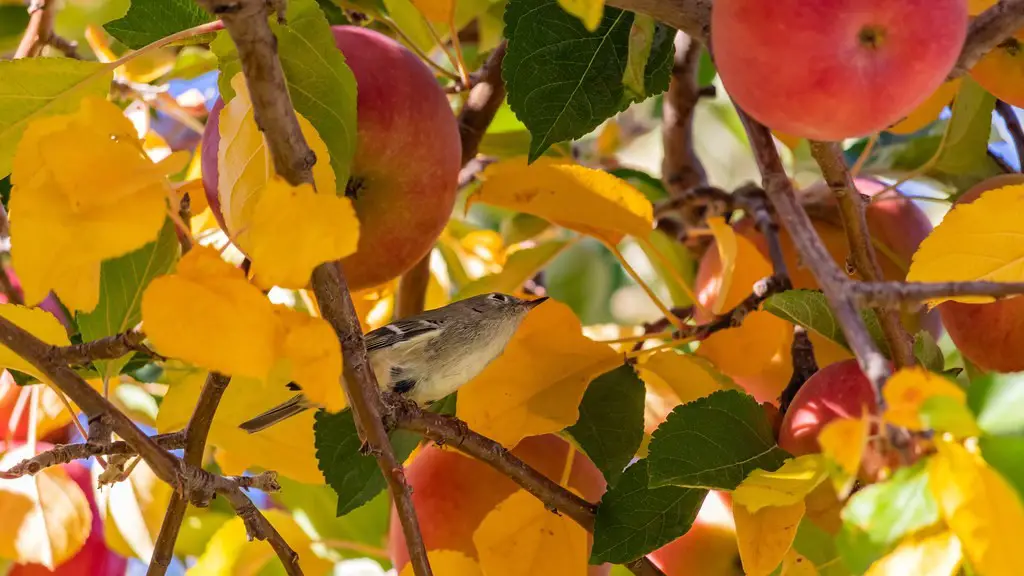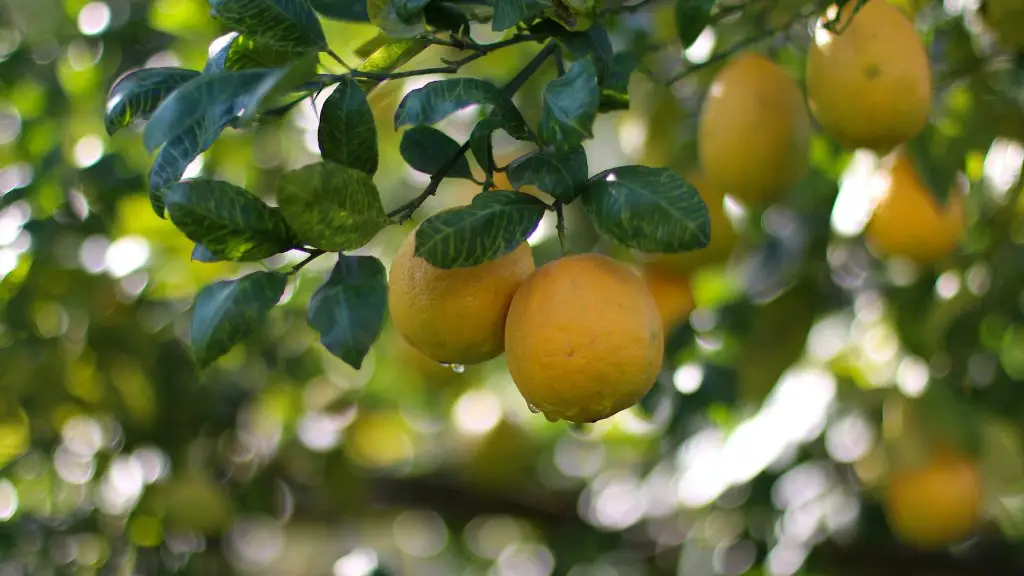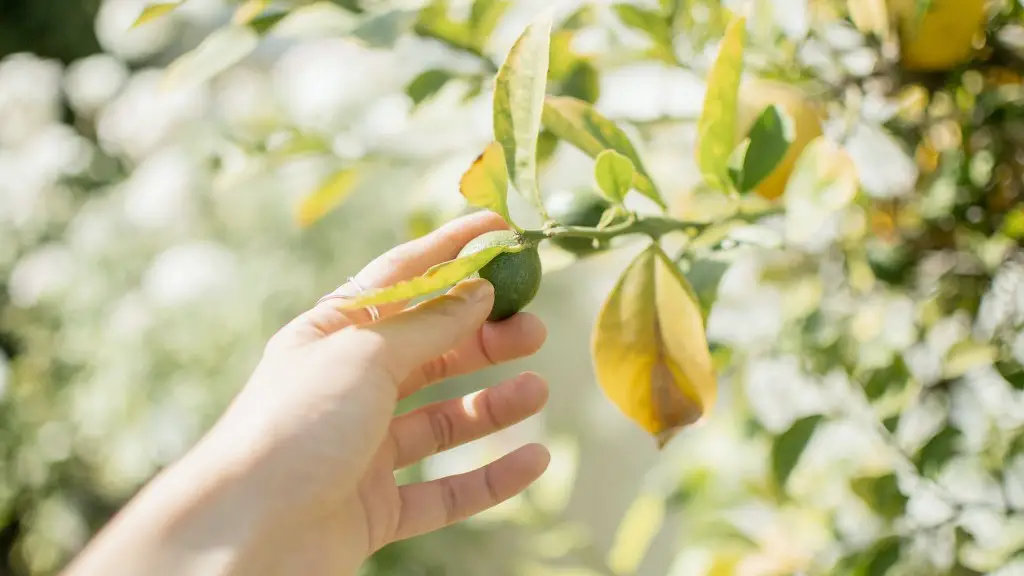Introduction
Indoor palms are a popular choice for many homes as it adds a touch of unique sophistication, as well as being quite easy to take care of. While this is true for most of these tropical plants, like all houseplants, they still require attention and care to both thrive and survive in your home. To make sure your indoor palm is healthy and happy, there are a few key aspects of care that need to be taken into consideration. In this article, we’ll go over some tips on how to take care of indoor palms properly, such as light, humidity and water needs, as well as pest control.
Light Needs
Generally speaking, indoor palms prefer bright, indirect light. To keep your palm as healthy as possible, make sure it is kept away from any direct sunlight. Doing so will help prevent any sunburn or discoloration of the leaves. For most indoor palms, the ideal temperature for light is between 70 to 80 degrees F. Additionally, the palm should be placed somewhere within the home where it will receive at least 2-4 hours of direct sunlight each day.
It’s also recommended to rotate your palm frequently so it does not become lopsided or develop a ‘leaning tower’ like look.
Humidity Requirements
Most indoor palms require a reasonable amount of humidity to receive optimal care. Though the exact requirement will vary depending on the species, the ideal humidity is between 40 and 60%. This can be achieved by spraying the palm with mist water every 3-5 days or so.
Keeping your palm in a humid area, such as the bathroom is also highly recommended. Furthermore, there are several products available on the market such as humidifiers, which will help to maintain adequate moisture levels in a room.
Water Needs
Water is an important aspect of indoor palm care and it should be monitored carefully. Too much or too little water can cause major problems. Generally speaking, palms prefer to stay moderately moist at all times, which means you should water your palm 1-2 times a week, depending on the ambience, temperature and humidity levels.
Also, pay attention to the type of water you are using. Most palms do not like chemicals, so try to avoid tap water, as it tends to contain a high concentration of these. Instead, use filtered water or reduce the treated water by letting it rest for 24 hours before using it to water your palm.
Fertilizer and Potting
Fertilizer should be used sparingly on indoor palms and only when absolutely necessary. If you’ve recently purchased a palm, avoid fertilizing it in the first 6-8 weeks; this will allow it to become accustomed to its new home. Once the palm has settled, use a standard balanced fertilizer every 3-4 weeks to help promote healthy growth.
Repotting your palm is also a good idea every 1-2 years, as this will provide it with a fresh source of nutrients. When repotting, make sure to use a pot that is slightly larger than the previous one and fill it with a well-draining potting mix.
Insect Control
Inspect your palm regularly to ensure it’s free of any pests. Pests, such as mealy bugs, will try to take advantage of the palms leaves and sap. When inspecting the palm, look for any discolored leaves, holes, or spots; these are signs of pests. If caught in time, the pests can be removed manually. If the pests have spread, it’s best to use an insecticide specific to the type of pest the plant has.
Pruning and Trimming
Indoor palms that are healthy and well-maintained will still require occasional trimming or pruning. Pruning should be done to remove any dead, damaged or wispy foliage. It is also important to trim any long fronds as these are more prone to pests and other diseases. Additionally, pruning helps keep the palm looking attractive and attractive.
General Tips
When taking care of indoor palms, it’s best to test the soil with a moisture meter before any waterings to make sure it is not too wet or too dry. Additionally, never move a palm to another location without acclimating it first. This helps to prevent plant shock and stressed palms that can be difficult to revive.
Overall, with proper care and attention, indoor palms can make great houseplants that not only add aesthetic appeal, but can also purify the air in your home. And with the few tips mentioned above, taking care of a palm tree in your home should be easier than ever.
Watering Frequency
The amount of water your palm tree needs will depend largely on the type of palm tree you have, the size of the pot and the climate your home is in. On average, indoor palms do best when given water 1-2 times a week, though this depends on the climate. The best way to determine when to water your palm is to check the soil with a moisture meter. If it is dry, then water it.
In terms of water quality, remember to avoid tap water as much as possible. Tap water often contains a high level of chemicals that can harm your palm. Instead, use filtered or distilled water or let the water rest for 24 hours before use to reduce the amount of chemicals.
Common Mistakes
It’s important to avoid some common mistakes when caring for an indoor palm. For one, never place an indoor palm in direct sunlight as this can cause sunburn or discoloration of the leaves. Additionally, it’s important to not overwater or underwater your palm as this can make it difficult to revive a stressed palm tree. Finally, never try to prune too much of a palm, as this can cause shock and put stress on the plant.
Pests and Diseases
Even with optimal care, indoor palms can still be susceptible to pests and diseases. Keep an eye out for signs of pests or diseases as these can be quite harmful to the palm. Common signs include discolored leaves, holes or spots, or sap. If caught in time, these can be eliminated with a suitable insecticide that is specific to the pests.
Fertilization
While indoor palms require a moderate dose of fertilizer for optimal health and growth, it is still important to not use too much. An ideal way to fertilize an indoor palm is once every 3-4 weeks. When looking for a fertilizer, use a balanced fertilizer (nitrogen, phosphorous and potassium) that is specific to palms. Additionally, make sure to water your palm before fertilizing and wait at least 6-8 weeks before fertilizing after repotting.



